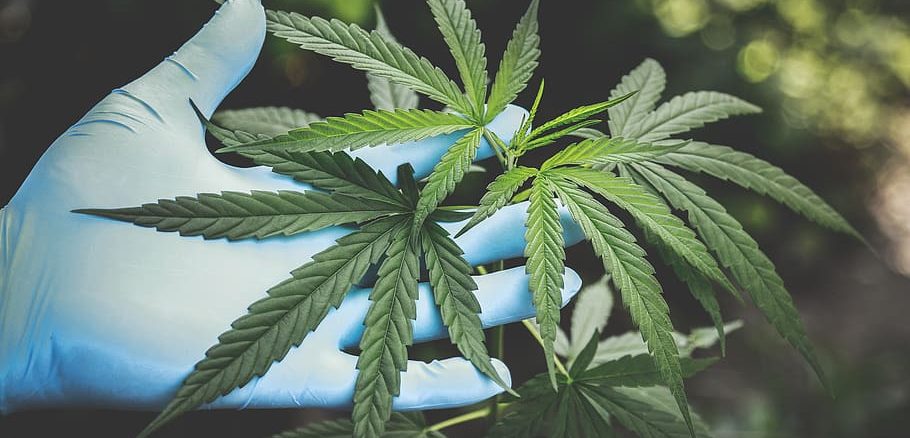
[dropcap]O[/dropcap]ver 263 million people around the globe use marijuana annually, researchers say. As the world celebrates Weed Day (420), scientists investigate the negative effects of marijuana use.
According to the Global Cannabis Report, the total global market is at $344 million, with more than 50 countries legalising some form of the drug. This lucrative market however comes with it’s side effects.
The World Health Organisation (WHO) said that after tobacco and alcohol, cannabis is the third most used harmful substance on the planet.
Cannabis contains active ingredients called cannabinoids. The most researched and consumed compounds are tetrahydrocannabinol (THC) and cannabidiol (CBD).
THC seems to cause the ‘high’ reported by marijuana users, and also can help relieve pain and nausea. CBD can help treat seizures, reduce anxiety and paranoia, and can counteract the ‘high’ caused by THC.
Research by the Journal of Drugs reports that 72 per cent of daily cannabis users take it to relax or relieve tension.
Marijuana is a psychoactive drug that alters perception. All strains of cannabis can produce a certain amount of psychoactive and neuroregulatory effects.
Marijuana activates certain receptors in the brain, causing symptoms such as mood changes, impaired movement and memory, difficulty thinking, and an altered sense of time and sight.
A study published by Lancet Psychiatry, found that smoking high-potency marijuana every day could increase the chances of developing psychosis by nearly five times compared to people who have never used marijuana.
Di Forti, the study’s lead author, estimated that in Amsterdam, about half of new psychosis cases were associated with smoking high-potency pot.
Consuming weed can also make a person more susceptible to clinical depression or worsen symptoms of pre-existing mental disorders.
Researchers from San Diego University studied the effects of cannabis on the adolescent brain. When marijuana use begins in the teen years, it can result in decreased brain activity and a smaller hippocampus.
It impaired their ability to learn, intellectually develop, and emotionally mature. A review of 48 relevant studies found marijuana use to be associated with reduced educational attainment.
While it is widely thought that marijuana is not addictive, about 30 per cent of users may have some degree of marijuana use disorder, according to the National Institute on Drug Abuse.
Studies suggest that 9 per cent of people who use marijuana will become dependent on it, rising to about 17 per cent in those who start using in their teens.
Long-term marijuana users who try to quit experience cravings, irritability, sleeplessness, decreased appetite and anxiety.
While there is virtually no risk of overdosing, marijuana comprises the second highest rates of emergency room visits caused by abusing an illicit substance.
In many countries the distribution and consumption of cannabis is still illegal. According to the Drug Enforcement Agency (DEA), about 40 per cent of arrested males in 2017 tested positive for marijuana. The agency referred to this as the criminal side effects of cannabis.
Joy Nwagiriga
Image Credit: Piqsels



